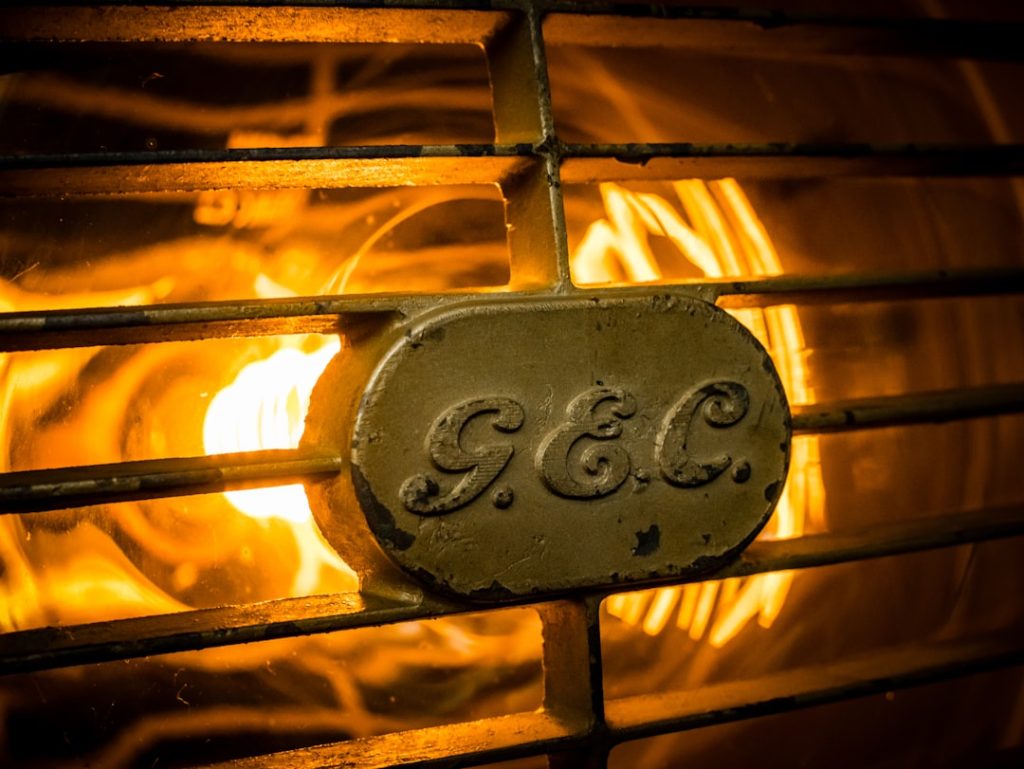Molting is a natural process in which chickens shed old feathers and grow new ones. This typically occurs annually, usually in autumn, lasting 6-12 weeks. During molting, chickens may appear unkempt with patchy feathers and reduced egg production.
Chicken owners should recognize molting as a normal and essential part of a chicken’s life cycle, requiring appropriate care and support. During molting, chickens redirect energy and nutrients to feather growth, potentially leading to decreased egg production and overall health. Patience is crucial during this period, as chickens may be more susceptible to stress and illness.
Molting can be stressful for chickens, necessitating a calm and comfortable environment to aid their transition. By understanding the molting process and providing necessary care and support, chicken owners can assist their flock through this natural and temporary phase. Proper management during molting helps ensure the health and well-being of the chickens as they complete this important biological process.
Table of Contents
Key Takeaways
- Molting is a natural process where chickens shed old feathers and grow new ones, typically occurring once a year.
- Providing adequate shelter is crucial during molting to protect chickens from harsh weather and potential bullying from other flock members.
- Adjusting the diet to include higher protein and nutrient-rich foods can support healthy feather regrowth during molting.
- Adding bedding and insulation to the coop can help keep chickens warm and comfortable during the molting process.
- Using heat lamps or heating pads can provide additional warmth for chickens during colder months, aiding in the molting process.
Providing Adequate Shelter
Protecting Chickens from the Elements
During the molting process, chickens may be more sensitive to changes in temperature and weather conditions, so it’s important to provide them with adequate shelter to protect them from the elements. This can include providing a well-insulated coop with proper ventilation to regulate temperature and humidity levels.
Coop Maintenance is Key
Additionally, it’s important to ensure that the coop is free from drafts and leaks, as these can exacerbate the stress of molting on the chickens.
Providing a Comfortable Nesting Area
In addition to providing a well-insulated coop, it’s important to provide chickens with a comfortable and clean nesting area where they can rest and regrow their feathers. This can include providing soft bedding such as straw or wood shavings, as well as ensuring that the nesting boxes are clean and free from debris.
Minimizing Stress and Discomfort
By providing chickens with adequate shelter during the molting process, chicken owners can help minimize stress and discomfort for their flock.
Adjusting the Diet

During the molting process, chickens require additional nutrients to support the growth of new feathers. It’s important to adjust their diet to ensure that they are receiving the necessary vitamins and minerals to support healthy feather growth. This can include providing a high-quality layer feed that is specifically formulated for molting chickens, as well as supplementing their diet with protein-rich treats such as mealworms or black soldier fly larvae.
In addition to adjusting their diet, it’s important to ensure that chickens have access to fresh water at all times, as dehydration can exacerbate the stress of molting. Providing electrolytes in their water can also help support their overall health and well-being during this time. By adjusting the diet to meet the specific nutritional needs of molting chickens, chicken owners can help support healthy feather regrowth and minimize the impact of molting on their flock.
Adding Bedding and Insulation
During the molting process, chickens may spend more time resting and preening as they regrow their feathers. It’s important to provide them with a comfortable and clean environment by adding additional bedding to their coop. This can include adding extra straw or wood shavings to provide a soft and warm surface for chickens to rest on.
Additionally, adding insulation to the coop can help regulate temperature and provide a comfortable environment for molting chickens. In addition to adding bedding and insulation to the coop, it’s important to regularly clean and maintain the coop to ensure that it remains a healthy and comfortable environment for chickens. This can include regularly removing soiled bedding and replacing it with fresh bedding, as well as ensuring that the coop is free from pests and parasites.
By providing chickens with a clean and comfortable environment during the molting process, chicken owners can help minimize stress and discomfort for their flock.
Using Heat Lamps or Heating Pads
During the molting process, chickens may be more sensitive to changes in temperature, especially if they are regrowing feathers during the colder months. It’s important to provide them with additional heat sources such as heat lamps or heating pads to help them stay warm and comfortable. This can be particularly important for older or more vulnerable chickens who may struggle to regulate their body temperature during molting.
When using heat lamps or heating pads, it’s important to ensure that they are installed safely and securely to prevent any potential fire hazards. Additionally, it’s important to monitor the temperature in the coop regularly to ensure that it remains at a comfortable level for the chickens. By providing additional heat sources during the molting process, chicken owners can help ensure that their flock remains warm and comfortable as they regrow their feathers.
Monitoring the Flock’s Health

Monitoring Egg Production and Quality
In addition to monitoring their physical health, it’s essential to keep an eye on egg production and quality to ensure that any decrease is within normal expectations for molting chickens.
Providing Mental Stimulation and Enrichment
Providing chickens with mental stimulation and enrichment during the molting process is vital to reduce stress and boredom. This can be achieved by providing access to a dust bath area where they can preen and clean themselves, as well as offering opportunities for foraging and exploring their environment.
Supporting Overall Well-being
By monitoring the flock’s health and providing them with mental stimulation, chicken owners can help support their overall well-being during the molting process.
Ensuring Proper Ventilation
Proper ventilation is crucial for maintaining a healthy environment for chickens during the molting process. Good ventilation helps regulate temperature and humidity levels in the coop, which is particularly important during periods of extreme weather. It also helps remove excess moisture and ammonia from the air, which can lead to respiratory issues in chickens.
To ensure proper ventilation in the coop, it’s important to provide adequate airflow without creating drafts that could cause discomfort for the chickens. This can be achieved by installing vents or windows that can be opened or closed as needed to regulate airflow. Additionally, it’s important to regularly clean and maintain the ventilation system to prevent blockages or buildup of dust and debris.
By ensuring proper ventilation in the coop, chicken owners can help create a healthy and comfortable environment for their flock during the molting process. In conclusion, understanding the molting process is crucial for providing proper care and support for chickens during this natural phase of their life cycle. By providing adequate shelter, adjusting their diet, adding bedding and insulation, using heat lamps or heating pads, monitoring their health, and ensuring proper ventilation, chicken owners can help minimize stress and discomfort for their flock during molting.
With patience and attention to their specific needs during this time, chicken owners can help their flock through this temporary phase with minimal impact on their overall health and well-being.
If you’re looking for tips on how to keep your chickens warm during molting, you may also be interested in learning about the importance of a well-insulated chicken coop. Check out this article on farmhouse chicken coop to discover how to create a cozy and comfortable environment for your feathered friends.
FAQs
What is molting in chickens?
Molting is the natural process in which chickens shed their old feathers and grow new ones. This typically occurs once a year and can last for several weeks.
Why do chickens need to be kept warm during molting?
During molting, chickens can be more susceptible to cold temperatures as they lose their old feathers and grow new ones. Keeping them warm can help them stay healthy and comfortable during this process.
How can I keep my chickens warm during molting?
You can keep your chickens warm during molting by providing them with a draft-free and well-insulated coop, using heat lamps or heated pads, and ensuring they have access to plenty of bedding for insulation.
What should I feed my chickens during molting to help keep them warm?
Feeding your chickens a high-protein diet during molting can help support the growth of new feathers and keep them warm. Consider adding mealworms, sunflower seeds, or a commercial high-protein feed to their diet.
Are there any other tips for keeping chickens warm during molting?
Other tips for keeping chickens warm during molting include providing them with extra roosting space, ensuring they have access to fresh water at all times, and minimizing stress factors that can affect their overall health during this time.
Meet Walter, the feathered-friend fanatic of Florida! Nestled in the sunshine state, Walter struts through life with his feathered companions, clucking his way to happiness. With a coop that’s fancier than a five-star hotel, he’s the Don Juan of the chicken world. When he’s not teaching his hens to do the cha-cha, you’ll find him in a heated debate with his prized rooster, Sir Clucks-a-Lot. Walter’s poultry passion is no yolk; he’s the sunny-side-up guy you never knew you needed in your flock of friends!







